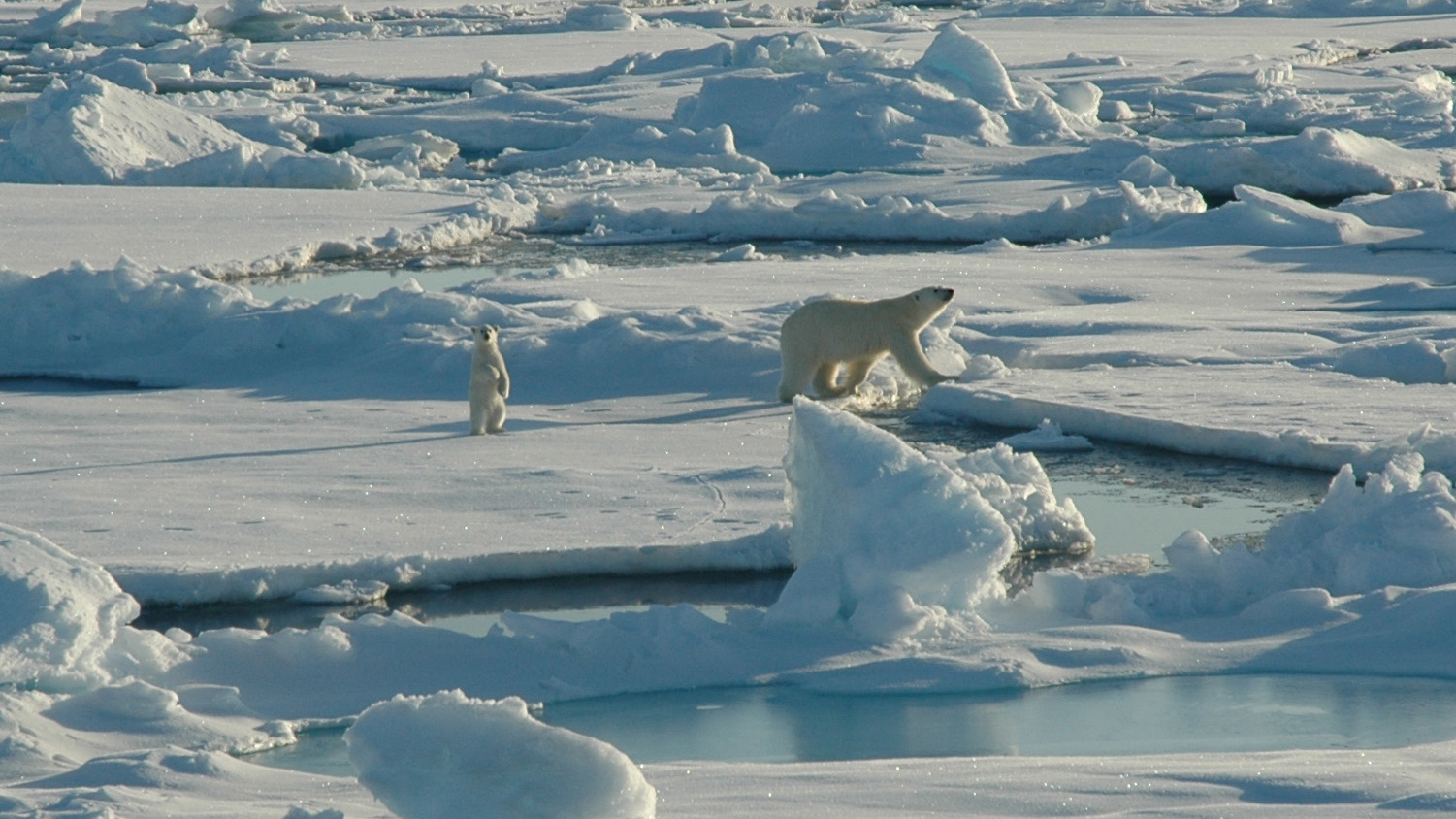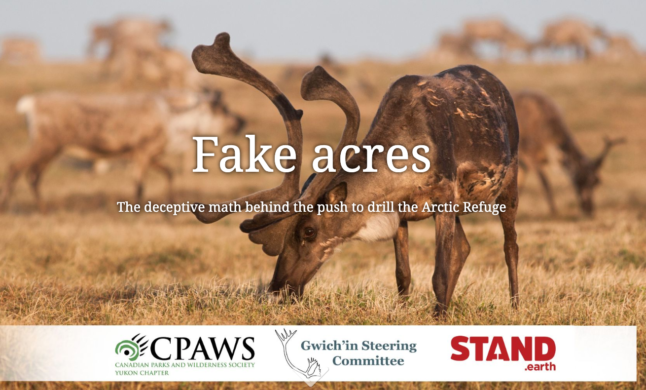Alaska’s Arctic is ground zero for the world’s climate crisis
Alaska’s Arctic is one of the most ecologically productive and significant places on Earth. A unique array of wildlife lives within a diverse landscape of treeless tundra dotted with rivers and lagoons, the boreal forest, and the Brooks mountain range. A fine balance between what is frozen and what is thawed exists.
Over 450,000 caribou walk the tundra, while coastal waters provide refuge to an array of fish, seals, walrus and polar bears. One of the world’s largest concentrations of raptors lives in the Western Arctic and over 200 species of birds have been observed in the Arctic National Wildlife Refuge. In addition to comprising one of the most unique ecosystems on the planet, the Arctic’s fish and wildlife species have profound impacts on the livelihoods and ways of life of regional indigenous people.
Although remote, the Arctic is under constant threat from the massive reserves of oil, coal, gas and minerals housed underground. It is also the poster child for climate change. Given the sensitive ecosystems and short summer growing periods, the Arctic is incredibly susceptible to destruction and devastatingly slow to recover.
The threats
Climate crisis
Over the last 50 years, average temperatures in the region have increased 4 degrees Fahrenheit — which is four times the global average temperature increase. The polar ice cap has shrunk nearly 40% since 2005. Permafrost has receded by nearly 10%. Sea ice is declining at a rate of 13.2% per decade.

Native coastal villages like Shishmaref are falling away due to melting permafrost and stronger, more frequent storms that erode coastlines left bare of protective ice. As ice cover decreases, seals and walruses move offshore, beyond reach of Native communities relying on them for food. Polar bears struggle to survive, hunting on land as their sea ice habitat disappears. The Arctic Ocean’s entire underwater ecosystem is being disrupted as warmer water moves steadily north.
In their August 2018 report, State of the Climate in 2017, the National Oceanic and Atmospheric Administration (NOAA) announced the following about the Arctic:
- Second highest land surface temperature: The 2017 land surface temperature was 1.6°C above the 1981–2010 average, the second highest since the record began in 1900, behind only 2016. The five highest annual Arctic temperatures have all occurred since 2007.
- High permafrost temperatures: Exceptionally high temperatures were observed in the permafrost across the Arctic, with record values reported in much of Alaska and northwestern Canada.
- Highest-ever sea surface temperature: In August, high sea surface temperature records were broken for the Chukchi Sea, with some regions as warm as +11°C, or 3° to 4°C warmer than the long-term mean (1982–present).
- Lowest sea ice extent: The increasing temperatures have led to decreasing Arctic sea ice extent and thickness. On 7 March, sea ice extent at the end of the growth season saw its lowest maximum in the 37-year satellite record, covering 8% less area than the 1981–2010 average. The Arctic sea ice minimum on 13 September was the eighth lowest on record and covered 25% less area than the long-term mean.
- According to paleoclimate studies, today’s abnormally warm Arctic air and sea surface temperatures have not been observed in the last 2000 years.
NOAA’s Arctic Report Card, released in December 2018, reinforces the drastic changes happening in the Arctic.
Resource development
Against the backdrop of climate change is an ever increasing demand for oil. Alaska’s Arctic has the nation’s largest oil fields, which are steadily expanding their footprint across the tundra and offshore. The world’s unquenchable thirst for oil continues to create pressure to drill in critical wildlife areas such as the Arctic National Wildlife Refuge coastal plain, Teshekpuk Lake, as well as offshore in the icy waters of the Chukchi Sea. Shrinking ice cover is bringing new shipping traffic to a region that has no marine safety infrastructure and no margin for environmental error. An oil spill the size of the recent Gulf of Mexico spill would mean permanent disaster for the entire region. Scars from oil and gas exploration efforts throughout recent decades exist throughout the Arctic, see images and learn more here.
Recent news: Arctic National Wildlife Refuge
In December 2017, after decades of protection, the federal government mandated the Arctic National Wildlife Refuge Coastal Plain to be put up for oil and gas drilling leases. To solidify this legislation before any potential changes in office, the administration is expediting the process to hold oil and gas lease sales in early 2019. In April 2018, the administration officially launched the process to lease the Coastal Plain of the Arctic National Wildlife Refuge for oil drilling. The public comment period regarding the scope of the pending environmental impact statement was completed by June 2018.
On December 20, 2018, the Department of the Interior’s Bureau of Land Management released the first draft of the Coastal Plain Environmental Impact Statement, which is intended to identify the impacts of the proposed drilling on the flora and fauna of the Arctic National Wildlife Refuge. A public comment period for feedback on the draft EIS was completed in March 2019. A final Environmental Impact Statement is in the works and expected to be released mid-2019.
The December 2017 legislation included a clause that the development wouldn’t disturb more than 2,000 acres of the Refuge. Interpretation of this clause is constantly changing and is described very well here by the Gwich’in Steering Committee, Canadian Parks and Wilderness Society Yukon Chapter, and Stand.earth:
A recent article in the New York Times reveals potential dramatic overestimations by the White House of potential profit from drilling in the Arctic National Wildlife Refuge. Original predictions from the White House exceeded $1.8 billion in profit, but according to the New York Times: “Since 1999, state and federal lease sales elsewhere on Alaska’s North Slope have yielded an average of $54.80 an acre, adjusted for inflation. Even if all 1.5 million acres of the refuge’s coastal plain were leased, at that price the federal government would receive about $45 million over a decade, The Times’s analysis of lease sales data show.” These dramatic overestimations coupled with the rapid pace of this process and the lack of scientific support for drilling this region all reinforce the reasons this region should be protected, not drilled.
The final Environmental Impact Statement for the Arctic National Wildlife Refuge was released in September 2019. The federal government has recommended opening nearly all of the proposed area to drilling. The same week, the U.S. House of Representatives passed the Arctic Cultural and Coastal Plain Protection Act, intended to protect the people and animals who have relied on the Arctic Refuge for generations.
The federal administration is continuing to push for drilling so we are continuing to work to protect this region.
Protecting the Arctic
Since 1980, Alaska Conservation Foundation has been a critical player on Arctic issues. Alaska Conservation Foundation was the fiscal sponsor of the successful multi-million dollar Arctic Coalition national campaign to stop drilling in the Arctic Refuge. Today, the Foundation provides operational support to groups organizing in the region, including Gwich’in Steering Committee and Northern Alaska Environment Center, and provides project funding to keep the Arctic region in the national spotlight. Alaska Conservation Foundation’s Alaska Native Fund has also helped empower Alaska Native groups to organize and find financial support.
You can help!
New threats of oil and gas drilling in the Arctic Refuge make now an optimal time to support conservation work. Donate today to Alaska Conservation Foundation to support efforts to protect the lands, wildlife, and communities of the Arctic.




